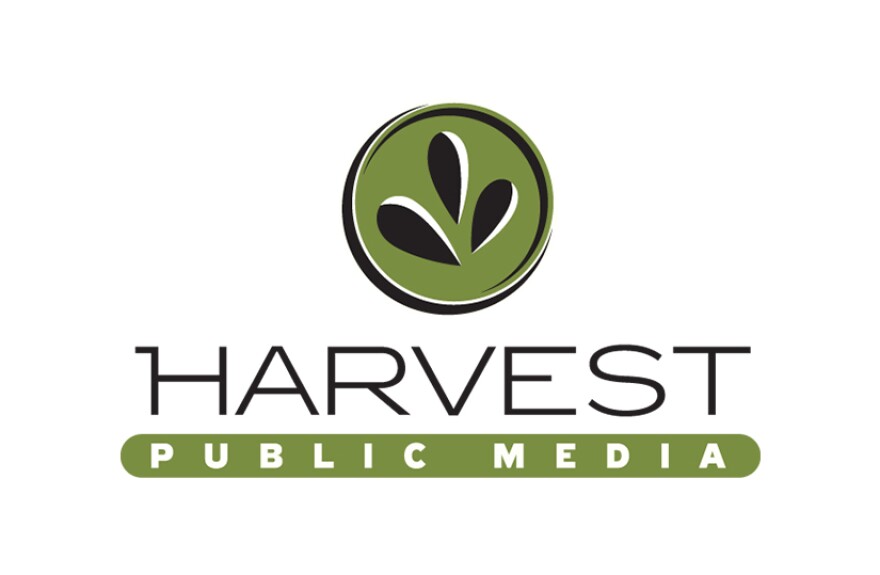-
A federal ban on most hemp-derived THC products is expected to go into effect in November. It could eliminate the most profitable market for farmers who grow hemp.
-
The massive tax and spending law signed in July halts a federal incentive for residential solar, and homeowners and installers are hurrying to complete projects before the end of the year. Industry experts say there are other ways to cut costs like "group buys."
-
Most of the package is earmarked for row-crop producers. It aims to help farmers – especially those who grow soybeans – balance out losses from high costs and a trade war with China.
-
Some tree farms in the central U.S. are selling more potted Christmas trees as people seek out an eco-friendly option or look to get more than one use out of their evergreens.
-
A national survey found the smallest business owners are feeling less confident as they close out the year. Inflation, tariffs and shifts in consumer spending are some of the reasons why.
-
The pumpkin pie Americans enjoy each Thanksgiving often comes from pumpkins grown near Morton, Illinois. The region accounts for more than 95% of canned pumpkin in the U.S.
-
Federal food assistance has started to flow again after the government reopened. But the charitable food system is planning for continued need through the end of the year.
-
Congress extends critical Farm Bill for a third time. It's a relief for farmers, but raises concernsThe federal funding package to reopen the government included a one-year extension of certain 2018 Farm Bill programs. Several expired Sept. 30 or would have been null by the end of the year.
-
Scientists say leaving autumn leaves on the ground can add important nutrients to the soil and create needed habitat for insects.
-
Coffee has gotten a lot more expensive in the U.S. as tariffs seep into the price tag. Even as the Trump administration considers offering some tariff relief, that's putting a strain on roasters, who have no choice but to pass on some of the extra cost to coffee drinkers.
Play Live Radio
Next Up:
0:00
0:00
Available On Air Stations











